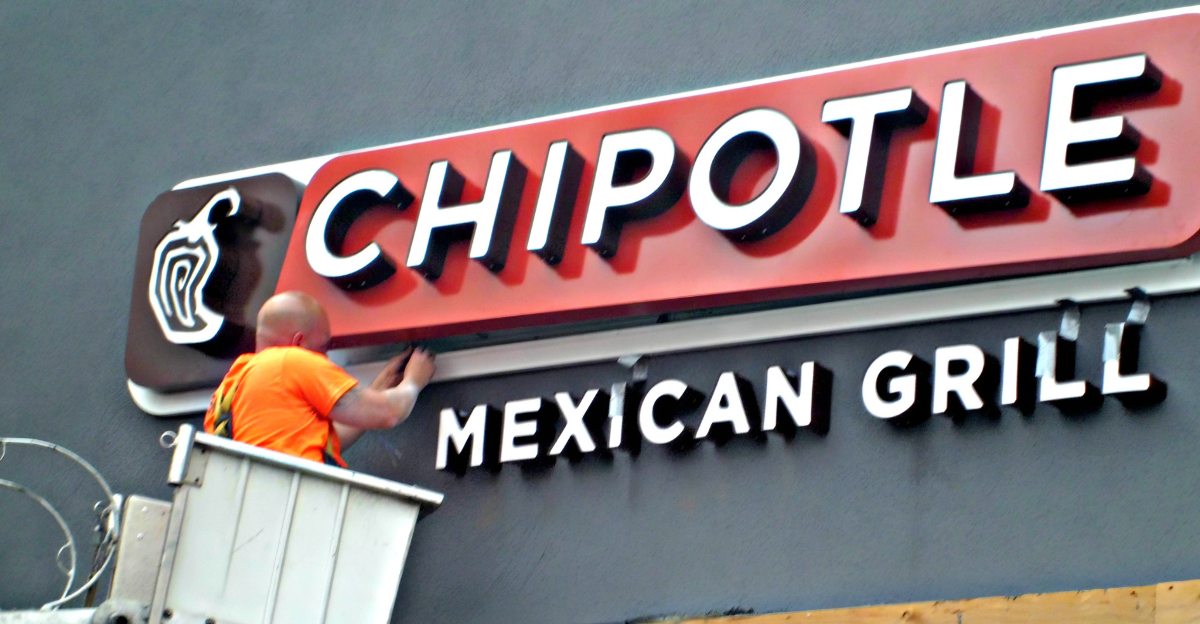
On July 23, 2025, the financial landscape experienced a seismic shift. Chipotle Mexican Grill, a brand long celebrated by retail investors and prominent financial analysts, saw its stock nosedive during after-hours trading. The depth of this decline was alarming; it marked Chipotle’s steepest single-session loss in several years.
Major financial news outlets raced to report the story as the news broke, underscoring the event’s enormity. Previously buoyed by Chipotle’s robust growth, investors now faced a stark reality: something was seriously amiss within the beloved fast-casual chain. What could lead to such an unexpected and severe market reaction?
Early Signs of Trouble
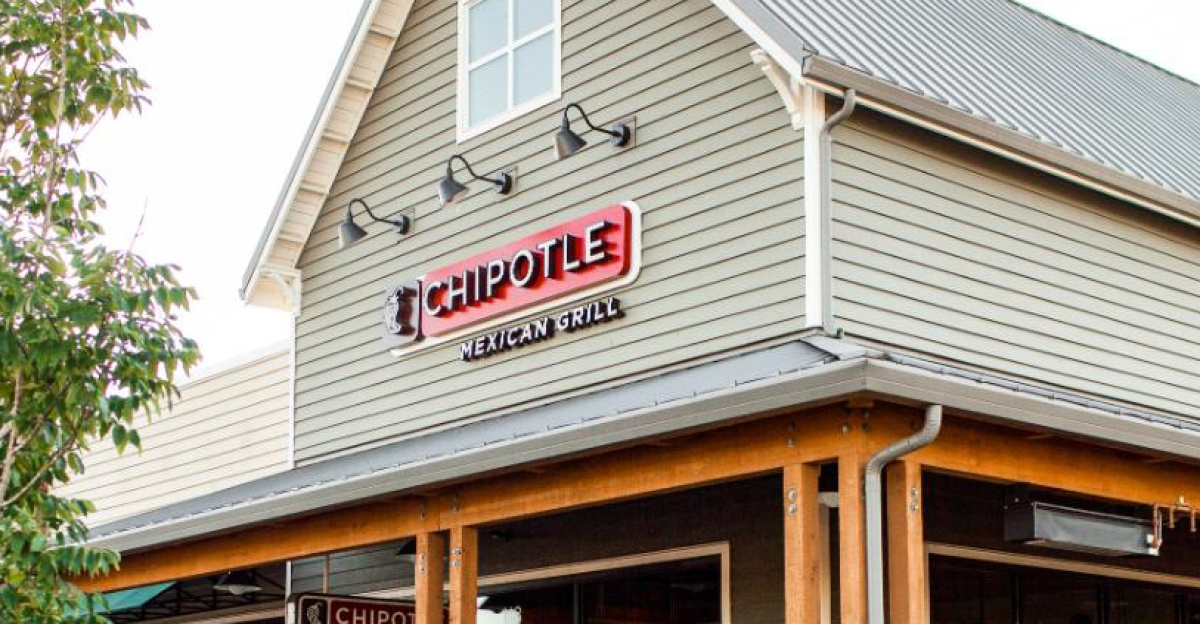
Despite earlier predictions of modest revenue growth in 2025, the cracks in Chipotle’s façade began to show long before the stock’s collapse. Foot traffic, a crucial driver for restaurant success, quietly declined by nearly 5% in the second quarter, raising red flags about shifting consumer behaviors.
“We thought we were just adjusting to inflation, but now it feels like there’s a permanent change in how people think about dining out,” said a regular customer in Austin. Chipotle’s financial stability seemed increasingly fragile as more diners hesitated to spend cash in a challenging economic climate.
Beyond the Surface

While there was still some revenue growth on paper, it became clear that the reality belied the numbers. Chipotle’s struggles with declining customer visits were masked by price increases, a strategy that has worked in the past. Yet, as company executives warned about more challenging market conditions, concerns shifted from mild unease to outright urgency.
Analysts and investors alike started pondering the implications of this eroding demand. “You could feel it change overnight; customers were suddenly more price-sensitive,” noted an industry expert. The prevailing question shifted: Would Chipotle’s management react swiftly enough to turn the tide before the situation worsened?
The Growth Story Unravels
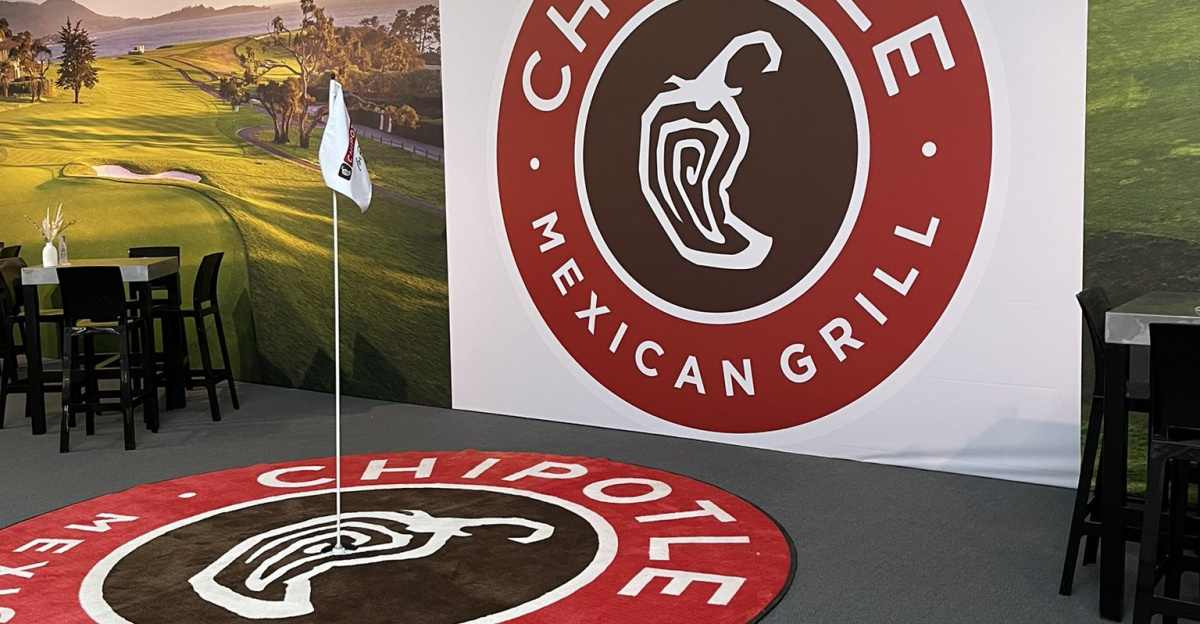
For much of the previous decade, Chipotle was the epitome of growth in the restaurant sector. Consistent increases in same-store sales and aggressive expansion characterized the brand’s rise. By mid-2025, the chain boasted nearly 3,800 locations and employed over 130,000 workers. However, intensified competition from fast-casual upstarts and delivery platforms began pinching profits.
With analysts confident that Chipotle would maintain its upward trajectory, the emergence of back-to-back quarters showing declining comparable sales marked a shocking turn. This downturn was Chipotle’s first quarterly slip in sales since 2022, raising critical questions about the brand’s ability to recover.
A Market Revelation

The monumental shift hit after the closing bell on July 23, 2025, when Chipotle released grim second-quarter results and notably cut its annual sales outlook for the second time in mere months. Analysts watched in disbelief as the company’s stock plummeted by 13%, erasing over $5 billion in market capitalization in moments.
“Watching the numbers drop was surreal. You could almost hear the collective gasp of disbelief across Wall Street,” remarked an investment analyst. This swift valuation loss was among the most extensive experienced by any major U.S. restaurant stock in recent history, leaving many to wonder how this might affect the industry’s future.
Warnings Beyond Wall Street
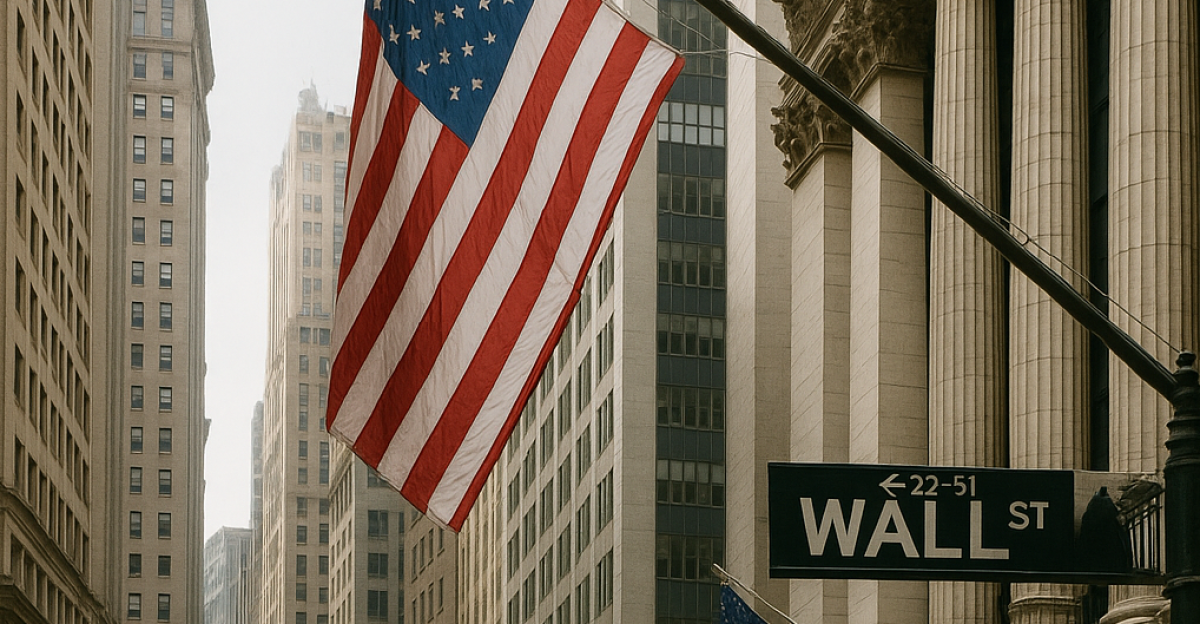
The repercussions of Chipotle’s decline rippled far beyond the confines of Wall Street. In busy markets like Texas and California, where Chipotle restaurants anchor numerous shopping plazas, suppliers and landlords began to express anxiety about potential downturns.
Regional franchise owners (most corporate-owned locations) were particularly affected as reports indicated deteriorating store-level metrics. “Inflation is already hitting us hard; if Chipotle struggles, we could all feel the pinch,” a local food distributor confided. They braced for tighter contracts and reduced orders, fearing a swift recovery would be necessary to avert broader impacts on the local economy.
Employee Concerns
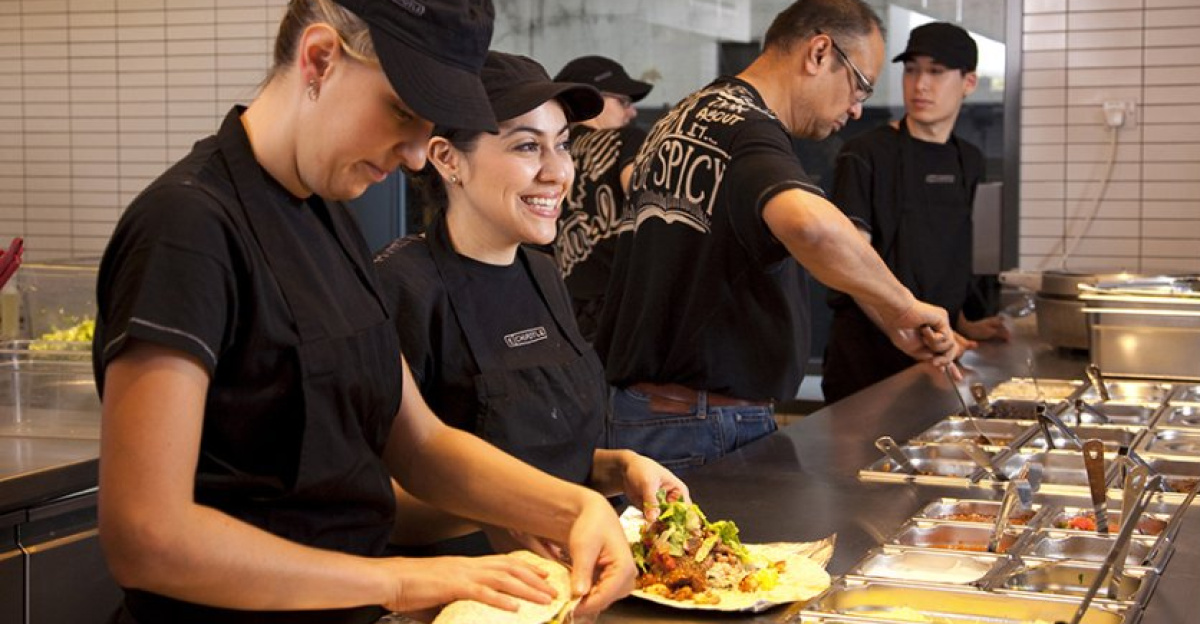
For those working on the frontlines, Chipotle’s stock crash was laden with uncertainty. “We haven’t heard any official word about layoffs, but the air feels heavy with the threat of hiring freezes,” said a staff member in Dallas. Discussing potential cutbacks with over 130,000 employees nationwide fostered anxiety within the workforce.
Meanwhile, customers began voicing their frustrations over rising prices and shrinking portions. “I used to enjoy my lunch here twice a week, but now it just feels too expensive,” lamented a devoted customer at a Los Angeles location. The sentiments echoed across the nation, painting a picture of an anxious community.
An Intensifying Competitive Landscape

Competitors capitalized on the chain’s misfortune as Chipotle’s stock price turned downward. Panera and Shake Shack quickly rolled out aggressive value menus and digital deals to attract cash-strapped diners. Recognizing an opening, fast-food giants such as McDonald’s and Taco Bell ramped national advertising efforts emphasizing affordability.
In the competitive fast-casual dining arena, some analysts suggested Chipotle’s stumble handed rivals “permission” to seize market share by showcasing their more budget-friendly offerings. The restaurant wars, already fierce, entered a high-stakes phase marked by rapidly shifting consumer priorities.
Echoes Across the Industry
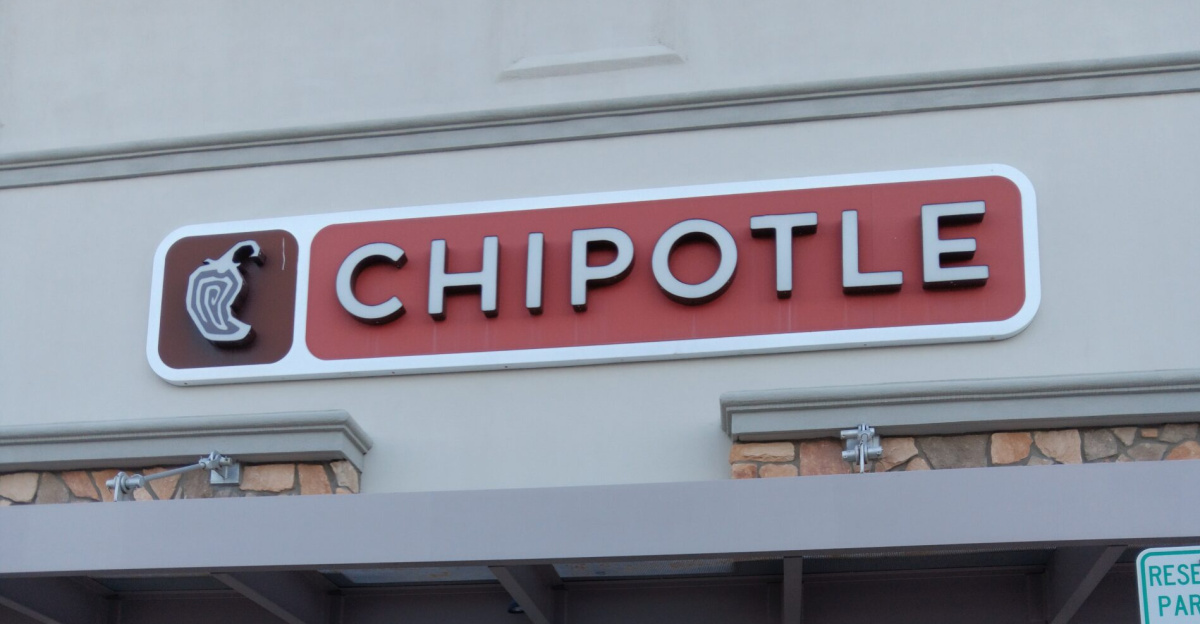
The Chipotle debacle resonated through U.S. equity markets and the broader restaurant sector. After-hours losses were not limited to Chipotle; other publicly traded restaurant chains felt the heat as analysts and investors began to ponder the implications of a broader slowdown in discretionary spending. The S&P 500 restaurant sub-index suffered declines as evidence of this trend emerged.
Leading investment firms swiftly reevaluated their outlooks for “fast casual” stocks, warning that many restaurants Chipotle included might face headwinds moving forward. Inflation and recession fears loomed large, shaping consumer sentiment and industry expectations.
Bigger Implications

The circumstances surrounding Chipotle reflected a larger narrative playing out across the entire restaurant industry. Stock market fluctuations and consumer sentiment illustrated that the challenges surrounding Chipotle were not isolated. Eyewitness accounts from various sides of the sector highlighted a critical moment in food service.
A farmer who supplied avocados for Chipotle admitted, “If they cut back, it trickles down to us.” The very dynamics of eating out in America appeared to be shifting. Each of these stories contributed to a growing sense of caution among restaurant operators, making it clear that uncertainty loomed over the sector as a whole.
Adapting Strategies

In the wake of Chipotle’s unfortunate downturn, the company faced crucial decisions regarding future strategies. There was an urgent need to respond to evolving consumer sentiments and reinvigorate foot traffic. While the past decade had seen the brand weather various challenges, it now needed to pivot swiftly.
Some investors and analysts suggested focusing on customer loyalty programs and reevaluating menu offerings to draw customers back in. “They need to innovate again, but carefully. People want value, and they want to feel like they’re getting something special,” shared a market analyst with insight into consumer behavior.
Future of Dining Out

As the fallout continued, the broader implications for restaurant dining became increasingly apparent. The landscape was evolving rapidly, with consumers more selective about where to spend their discretionary income. “It’s not just about convenience anymore; it’s about value and experience,” pointed out a food consultant.
The competition would only heighten as Chipotle and other chains jostled for their footing. The battle lines were drawn between the established players who must adapt and the new entrants eager to redefine the dining experience, ushering in new paradigms of what consumers desire from their favorite eateries.
Industry Resilience

Despite the tumultuous period, resilience has always characterized the restaurant industry. The cultural shift sparked by evolving consumer preferences could ultimately be beneficial. “Every setback carries lessons. This might be a turning point, pushing us to innovate and redefine dining as we know it,” noted a seasoned industry veteran.
While Chipotle undoubtedly had a steep hill to climb, the opportunity to adapt and evolve amid challenges was a shared reality for everyone in the food service landscape. As companies reassess their strategies, the need for agility will be paramount.
Looking Ahead

In the months following Chipotle’s stock crisis, industry stakeholders closely monitored the chain’s corporate moves. Eyes were trained on how Chipotle would reshape its market presence and respond to consumer demand.
Key questions loomed: Would the brand reclaim its spot among consumer favorites, or would competitors seize the moment to establish stronger footholds? Understanding the delicate dynamics of dining out in America will be essential for all players in the restaurant industry. “This is just the beginning of a new wave of competition,” stated a market researcher as they analyzed the trends emerging from recent events.
A New Chapter
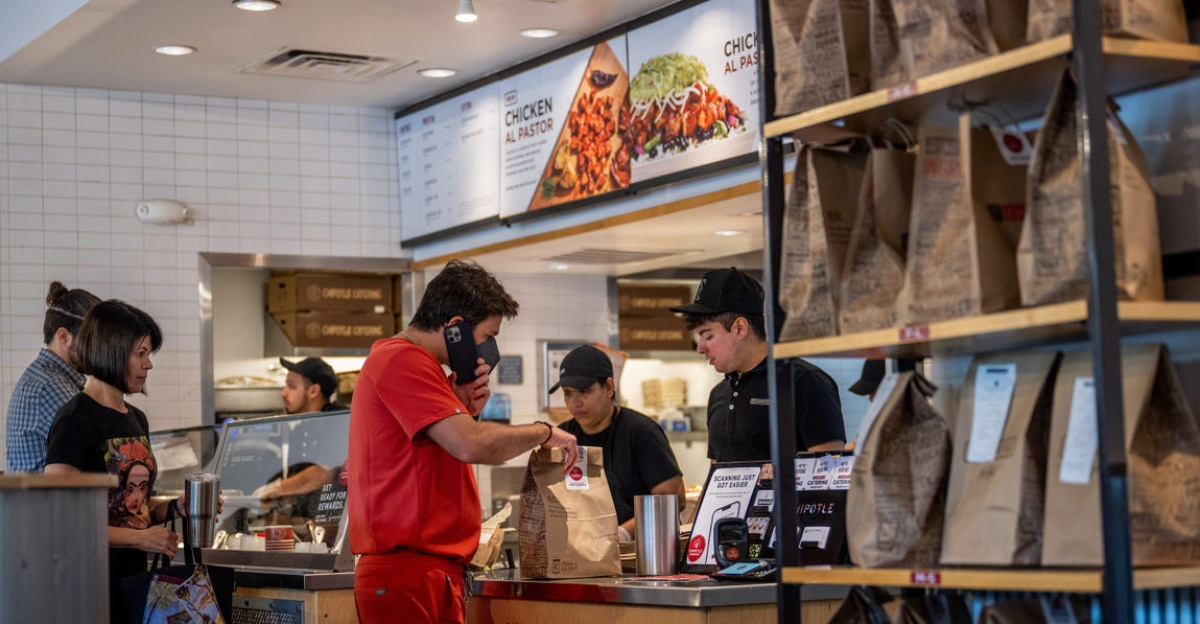
As Chipotle faced phenomenal pressure to reinvent its brand identity and customer experience, the restaurant industry braced itself for change. The events following July 23, 2025, signaled a pivotal moment, igniting new conversations about value, customer loyalty, and competitive strategies.
Chipotle’s journey was emblematic of a larger transformation where even industry titans must remain vigilant and responsive. “Change is the only constant in this business,” reflected a longtime employee, underscoring that every challenge presents an opportunity for growth. The future of dining will depend on how companies learn to navigate new landscapes in a rapidly evolving market.
